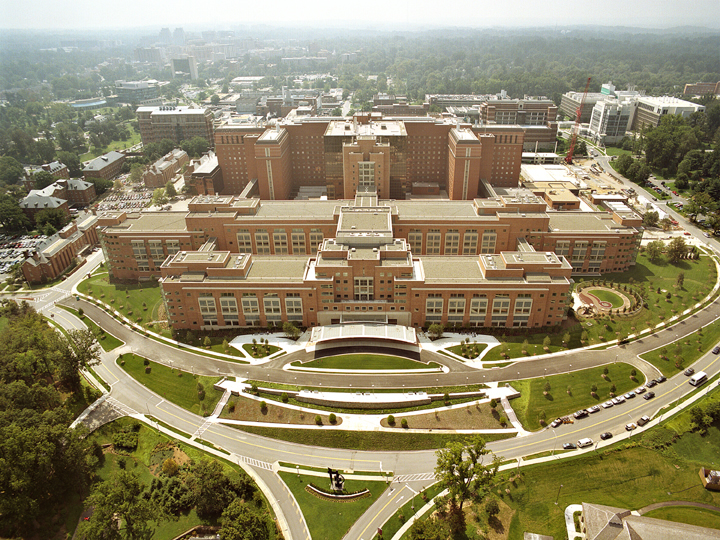Four Indian-Americans have bagged the National Institute of Health Director’s New Innovator awards, a programme created in 2007 to accelerate the pace of biomedical, behavioral and social science discoveries by supporting exceptionally creative scientists with highly innovative research.
The USD 1.5 million award is given to early-stage investigators, defined as those who are within 10 years of completing their terminal research degree or postgraduate clinical training and who have not yet received substantial NIH support. The award is given in the first year of a five-year project, according to media reports.
“The programme seeks to identify scientists with high-impact ideas that may be risky or at a stage too early to fare well in the traditional peer review process. The programme encourages creative, outside-the-box thinkers to pursue exciting and innovative ideas in any area of biomedical, behavioral or social science research relevant to the NIH mission,” the organisation said in a statement.
The 2021 Indian-American grantees are: Swetha Murthy, of the Vollum Institute at Oregon Health and Science University; Chethan Pandarinath of Emory University and the Georgia Institute of Technology; Vijay Ramani of the University of California, San Francisco; and Nikhil Sharma, of Columbia University.
Murthy’s lab studies how mechanically activated ion channels detect and respond to physical stimuli, and how this response governs mammalian physiology. Her project is titled: “A New Approach to Study Mechanically Activated Ion Channels.”
The Bangalore University alumnus received her Ph.D. in biochemistry from the State University of New York, Buffalo in 2012. She studied gating mechanism of N-methyl-D-aspartate receptors for her doctoral research, and then trained as a postdoctoral fellow at Scripps Research where she studied the function and physiology of mechanically activated ion channels, PIEZOs.



